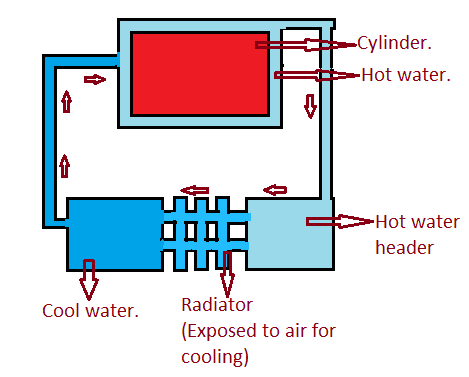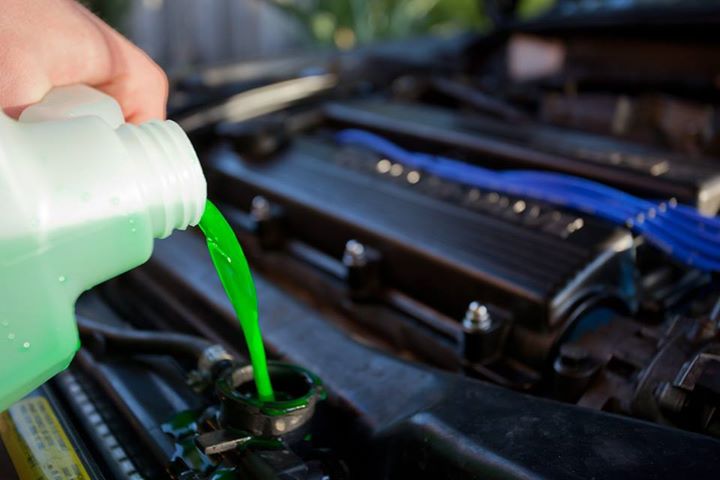The suspension system is one of the most important components of any vehicle. It consists of a combination of springs, links/arms and shock absorbers that work together to keep the wheels on the ground and provide a comfortable ride for the user. There are two main types of suspension systems – dependent Suspension System and independent Suspension System. Let’s take a closer look at each type and how they help keep your vehicle running smoothly.
Dependent Suspension System:
A dependent suspension system connotes that there is a beam or axle that connects the left wheel to the right so they work in tandem with each other. This classification of suspension can be sprung by either a combination of leaf springs and shock absorbers or coil springs and shock absorbers. This simple structure is what makes it rugged and cheap, allowing manufacturers to put it in mass-market vehicles that need to be cost-effective. Despite its simplicity, however, this type of suspension works well for low speeds and smooth surfaces, but can become unstable at higher speeds due to its inability to control body roll (the side-to-side movement during cornering).
Independent Suspension System:
An independent suspension system on the other hand uses two separate suspensions for each wheel instead of one beam or axle connecting all four wheels together like a dependent system does. This allows each wheel to move independently from one another which increases comfort when driving because it reduces body roll and allows for smoother cornering even at higher speeds. Additionally, an independent suspension also improves braking performance as it provides more grip when turning corners or going over bumps thus reducing skidding risks. However, these benefits come at a price as an independent suspension system is more complex than its dependent counterpart which means it requires more maintenance than a simpler setup would require.
Conclusion:
The choice between a dependent or an independent suspension system depends largely on what you need from your vehicle; if you are looking for something cost-effective but stable enough for everyday use then go with a dependent setup while if you need something more advanced that provides better handling then an independent setup may be what you are looking for. No matter which type you choose though, having a good understanding of how they work will help ensure that your vehicle will remain safe and reliable on the road.


